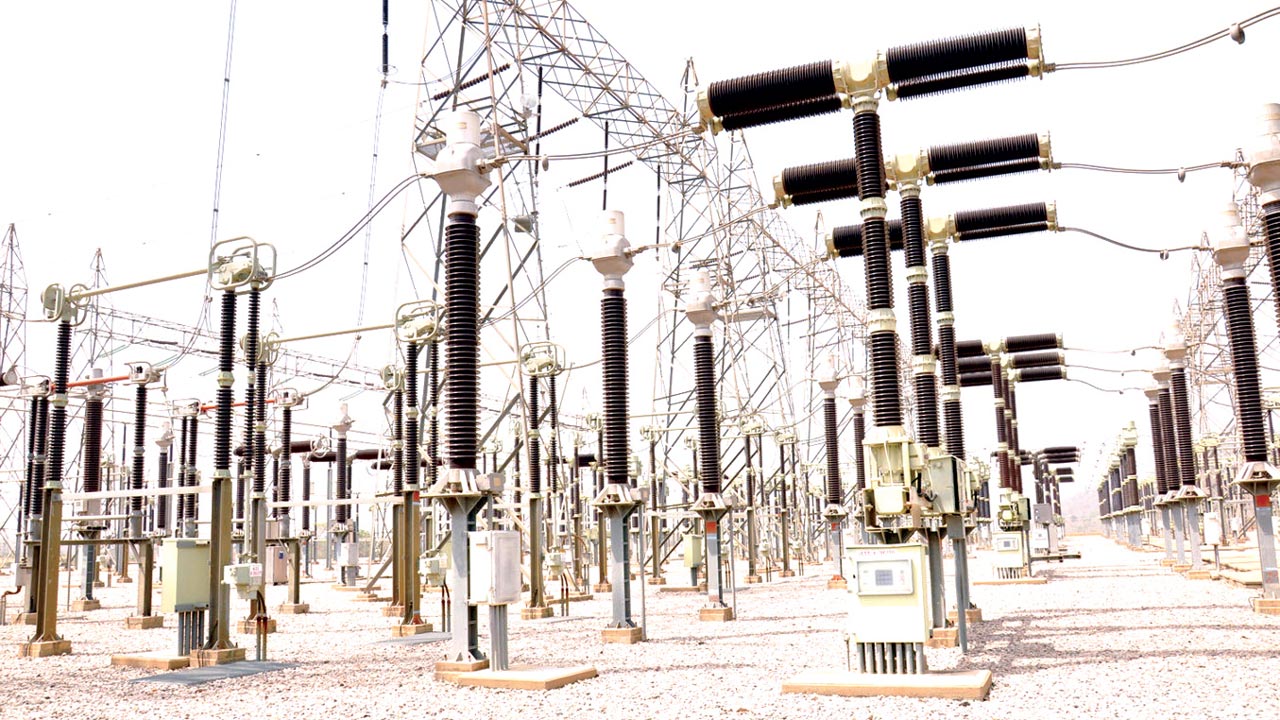- Moody’s: Oil Supply Faces Oversupply Risk
Oil and natural gas prices will be volatile in 2019, Moody’s Investors Service predicted in its annual report outlining key credit themes in oil and gas for 2019.
The report noted that while the recent announcement that OPEC and Russia would cut production helps alleviate concerns about oversupply, the pivotal questions in the coming year is whether OPEC and Russia would maintain their production discipline and what might happen in June, when the current agreement expires.
Moody’s expects the medium-term price band for West Texas Intermediate (WTI) crude, the main North American benchmark, to be $50-$70 per barrel (bbl), and North American natural gas at Henry Hub to average $2.50-$3.50/MMBtu.
“Market expectations for continued strong oil demand growth remain in place, despite concerns about slowing demand growth as a result of weaker economic growth, the impact of tariffs and a strong US dollar,” Moody’s Managing Director for Oil & Gas, Steve Wood said.
“Very high Saudi and Russian production, in particular, has heightened supply volatility, so whether OPEC and Russia maintain production discipline and renew agreements to limit output are key concerns going into the new year.”
Investors in exploration and production companies would continue to wait for better returns in 2019, Moody’s stated.
Although capital efficiency has improved and commodity prices are higher than in 2015-16, infrastructure constraints have lifted transportation costs, the report stated.
And though the oilfield services sector would see earnings increase by 10-15 per cent, they currently remain at low levels, and most of the recovery would occur only later in the year.
Conversely, refiners’ distillate margins would begin to expand from already strong levels in the second half of next year.
In North America, wide differentials for regional oil and natural gas would narrow as infrastructure coming into service in late 2019 and 2020 eases bottlenecks in the Permian Basin, western Canada and other regions, relieving stress on commodity prices.
Meanwhile, the Mexican energy sector faces risks from factors including a new government policy that shifts PEMEX toward refining and away from oil production, and Asian national oil companies contend with risks from volatile commodity prices, rising shareholder returns and evolving fuel-price regulations.
“While we will see only a gradual increase in rig activity in 2019, oilfield services (OFS) costs will likely rise over the medium term. Higher oil prices will encourage more production activity, which will stimulate already rising OFS prices, raising the breakeven cost of the marginal barrel and potentially raising medium-term oil prices.
“In North America, strong demand from shale producers is driving up pricing for high-calibre “super spec” drilling rigs, and for various production services. In Texas, strong economic growth and low unemployment have led to widespread labour shortages, escalating labour cost inflation. International activity is picking up in certain markets.
“But it will take higher oil prices to develop the more expensive conventional barrels that are ultimately needed to meet increasing global demand and offset natural production declines.
“Prices toward the upper end of the oil price-band will encourage increased supply as US production grows and OPEC countries reduce their compliance with their production quotas.
“Shale oil production in particular features relatively low extraction costs and short time lags from drilling to production, and shale’s drilling efficiencies have increased substantially over the past few years. US shale producers are paying increasing attention to capital discipline and return-focused performance, but even at current lower prices, we believe US shale production will continue to grow, increasing global production and keeping a lid on prices.
“We believe prices will remain largely within our expected range —although they will be volatile—amid increases in US shale production, reduced but still significant global supplies, and potential declining compliance with agreed production cuts, especially if growth in demand is more tepid,” the report added.
To the Vice President – Senior Analyst Exploration and Production (E&P), Amol Joshi, investors looking for higher shareholder returns would continue to wait in 2019, despite strides in capital efficiency and higher commodity prices since the 2015-16 downturn.
E&P revenues correlate closely to oil and gas prices, but profitability depends on numerous other factors, including operating costs, product mix and quality, transportation costs and financial policy. “While profitability influences valuation and shareholder returns, supply/demand imbalances and market sentiment can make investor returns volatile. E&P companies in 2019 will continue to exercise spending discipline and focus on capital efficiency.
“While labour inflation has increased their operating costs, rising production has largely contained their costs per unit. “Higher demand for OFS has raised the costs of drilling and completing onshore wells, but efficiencies have helped most E&P companies offset some of these higher capital costs. Still, elevated oil prices through most of 2018 did not benefit many producers in the Permian, the dominant US producing basin.”

 Naira4 weeks ago
Naira4 weeks ago
 News4 weeks ago
News4 weeks ago
 Naira4 weeks ago
Naira4 weeks ago
 Travel3 weeks ago
Travel3 weeks ago
 Jobs4 weeks ago
Jobs4 weeks ago
 Naira3 weeks ago
Naira3 weeks ago
 Naira3 weeks ago
Naira3 weeks ago
 Investment4 weeks ago
Investment4 weeks ago






























